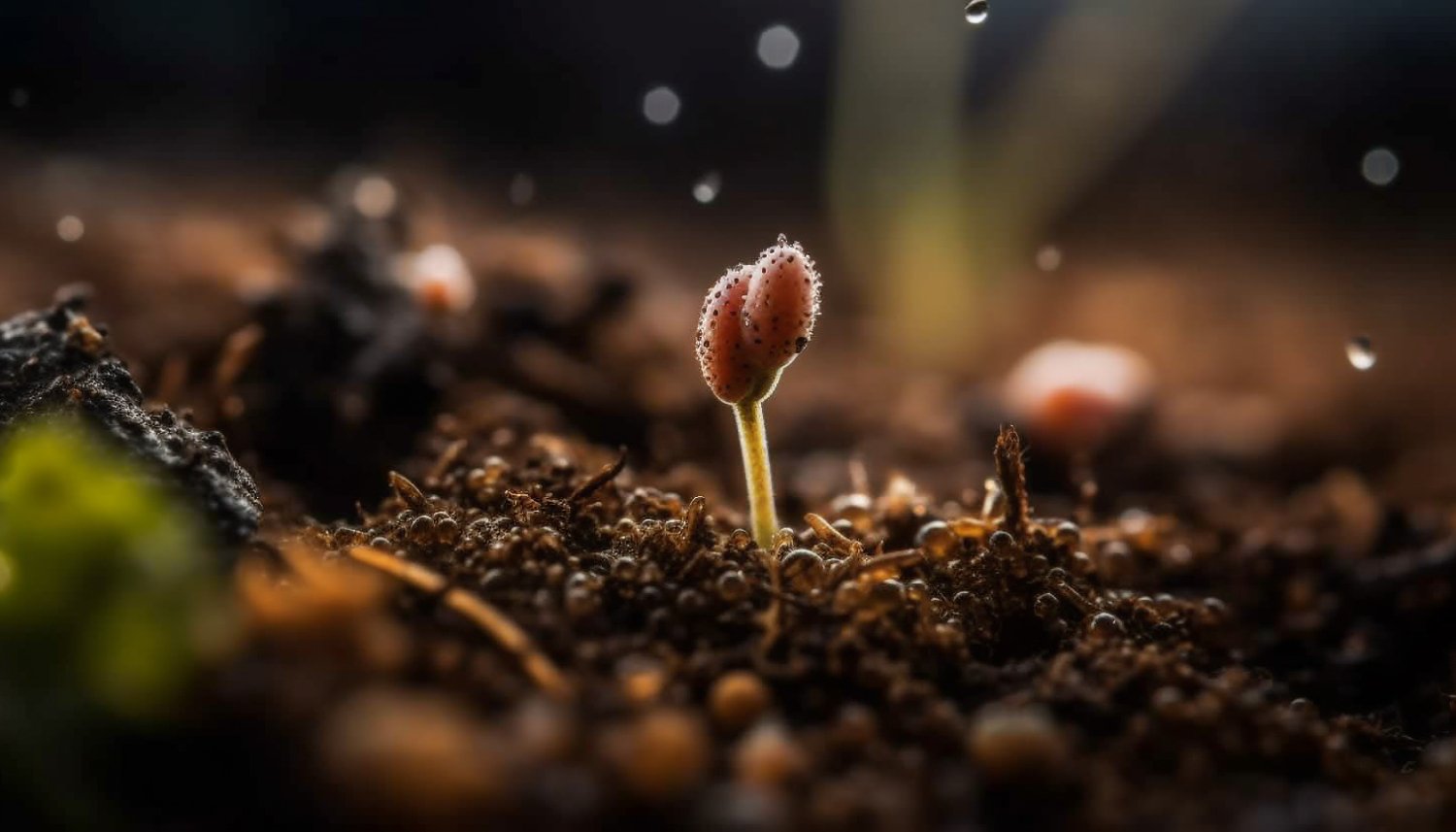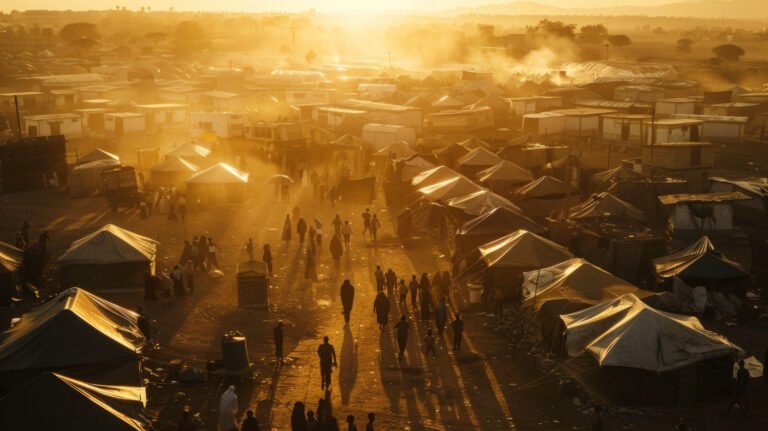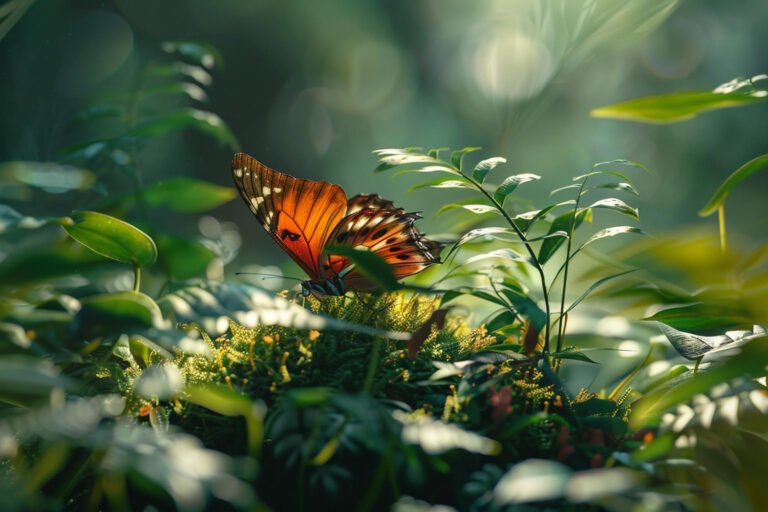Preserving Biodiversity One Seed At A Time
The Svalbard Global Seed Vault, located in the Arctic archipelago of Svalbard, Norway, serves as a critical repository for the world’s crop diversity, safeguarding seeds against potential global crises. Beyond its practical function, the vault has become a powerful symbol in cultural narratives, representing both hope for future food security and sparking debates over biodiversity conservation methods. Its portrayal in media and art underscores its significance in discussions about humanity’s relationship with nature and the ethical considerations of seed preservation.
Important Points
- Cultural Significance: The Seed Vault has inspired various cultural expressions, including art projects and operas, highlighting its role as a symbol of international cooperation and environmental stewardship.
- Controversial Perspectives: While the vault aims to protect against biodiversity loss, some critics argue that reliance on such facilities may divert attention from addressing the root causes of genetic erosion in agriculture.
- Media Representation: The vault is often depicted in media as a “doomsday” facility, emphasizing its role in preserving seeds against catastrophic events, which can both raise awareness and oversimplify complex conservation issues.
- Symbolic Value of Seeds: Seeds are not merely agricultural inputs but carry deep symbolic meanings related to life, heritage, and sovereignty, making their preservation a subject of ethical and cultural importance.
Read More Here: Svalbard Global Seed Vault Evokes Epic Imagery and Controversy Because of the Symbolic Value of Seeds



